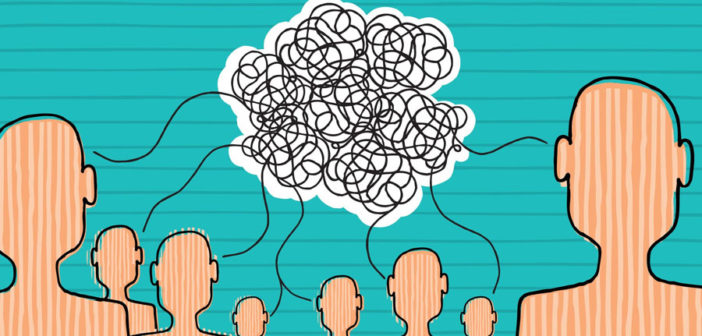It is a word I keep hearing over and over again. So what is it? According to our friends at Webster, empathy is the act of understanding, being aware of, being sensitive to, and vicariously experiencing the feelings, thoughts and attitudes of another, either in the past or present, without having the feelings, thoughts, and attitudes fully communicated in an objectively explicit manner.
Empathy is neither sympathy (the feeling of loyalty, unity or harmony in action or effect) nor compassion (the understanding of another’s pain and the desire to somehow mitigate that pain). Empathy is not just walking in another woman’s shoes…it is feeling the blisters and sores from wearing new shoes that are too tight and simultaneously understanding that you can’t return them, you paid a fortune for them, and STILL swear that you look GREAT in them and that they were WORTH IT!
This is why we talk so much about empathy in today’s age of the customer. Empathy drives past “understanding” with intense velocity. It leaves understanding and even compassion in the dust. It demands that we adopt and actually EXPERIENCE the feelings and thoughts of another, understanding condition, motivation, behavior and outcomes in one breath.
Empathy has a second meaning – the imaginative ascribing to an object feelings or attitudes present in oneself. Empathy is how a car gets mad, or how my daughter’s unicorn doll is sad. THIS is the “empathy” that far too many organizations adopt with their customers. It is easy to forget that customers are actually animate, human, fallible, indecisive, fickle beings. After all, Uni the Unicorn is happy when I say she is happy.
Instead of seeing our customers as real live people, we assign our presumptive feelings to a doll we call customer. If the customer is an object, our customer can easily take on OUR feelings or OUR attitudes that WE as the organization FEEL that customer SHOULD be feeling. This is still, technically, empathy…just in reverse of our intentions. We still feel GREAT that we lived up to the “customer centricity” motto painted on the walls…but did we actually meet the challenge?
How do we actually achieve empathy with our customers? I don’t have the definitive answer, but here are a few thoughts I think of as my own starting point.
- Stop thinking of data as, well, data. Data is hard to manage, hard to collect, can get dusty, can be dirty, gets old, stale and useless. Data IS the manifestation of our customer across the organization. We don’t just have Liz’s data…we have Liz.
- Stop assigning your own emotions to the persona called your customer. Personas are amazing vehicles to humanize a segment, but it isn’t a person. Strive to understand the person within the persona if your goal is to market to that segment of one.
- Stop forgetting that “we” (the marketer) are also one of “them” (the customer.) A process or a campaign might sound amazing within the confines of your own operational boundaries, but does that matter if it is utter nonsense and crap on the receiving end as a customer? Every now and then remember to be a customer. If you just did that to…well…YOU…how would you react. And be HONEST. No point in lying to yourself.
- Stop super-gluing Legos to a board. Not only do we tend to assign shared feelings to our customer-dolls, but then, we glue them in place…forever in the context we assign based. Legos were made to move, to reinvent and rebuild at the scale and pace of imagination. It is OK for a Lego toy to forever live in Taco Tuesday, but our customers don’t play by those rules.
Customers…they shift, they move and they insist on flexing that damned free will they each have. How can we communicate and know that where we stand is still relevant, contextual and valuable no matter where a customer’s mood takes them. This is NOT about engaging in some psychotic state of perpetual change for our products, vision or brand. It is about having the empathy to understand where our customer is in THEIR journey and communicating in kind. This is about accepting and believing that we can live a day in our customer’s shoes instead of assuming they will be just as happy in ours.
Liz
–
This article first appeared in www.marketingmagnified.com
Seeking to build and grow your brand using the force of consumer insight, strategic foresight, creative disruption and technology prowess? Talk to us at +9714 3867728 or mail: info@groupisd.com or visit www.groupisd.com




